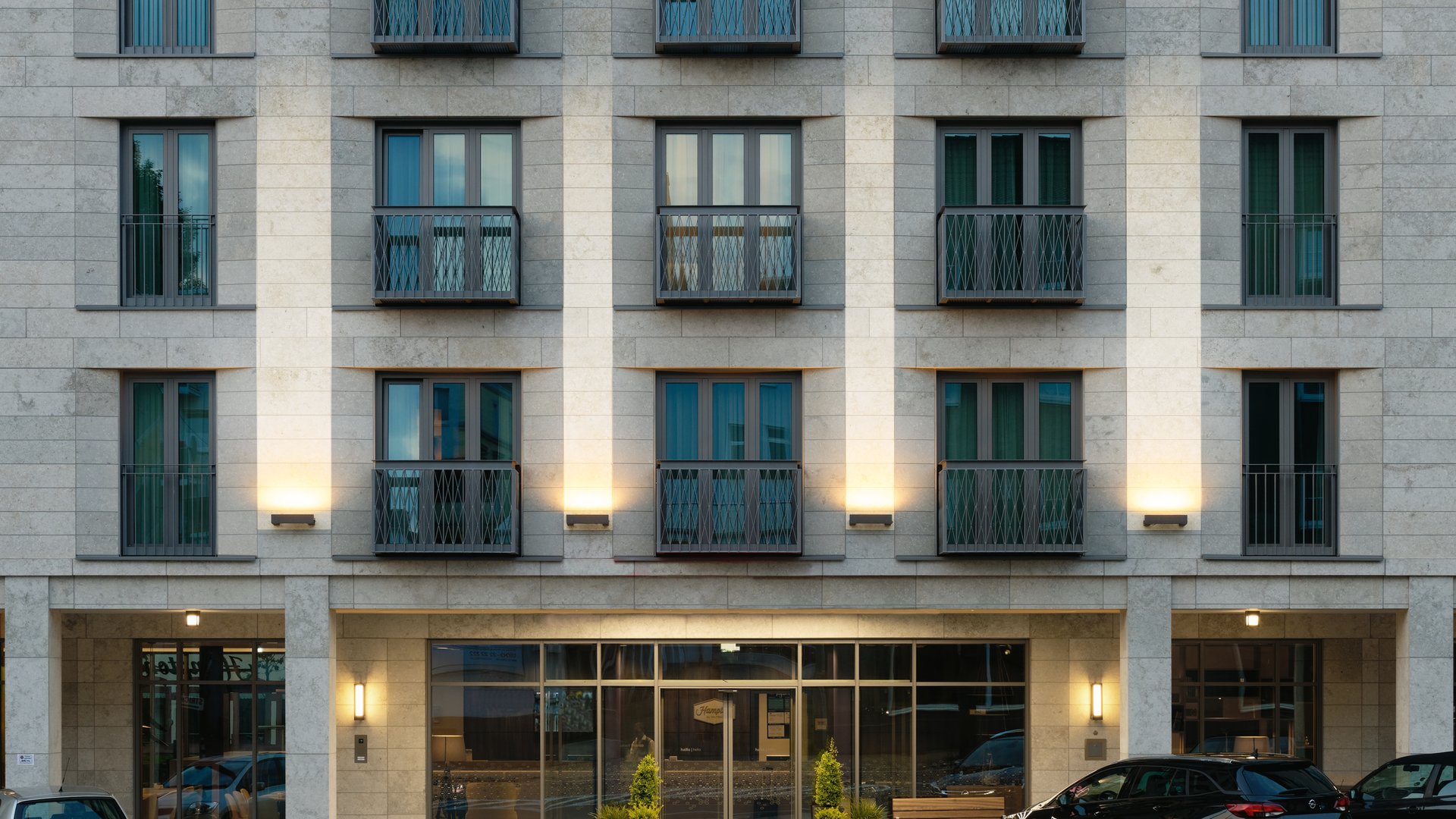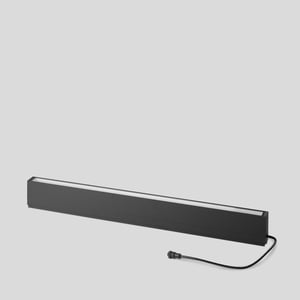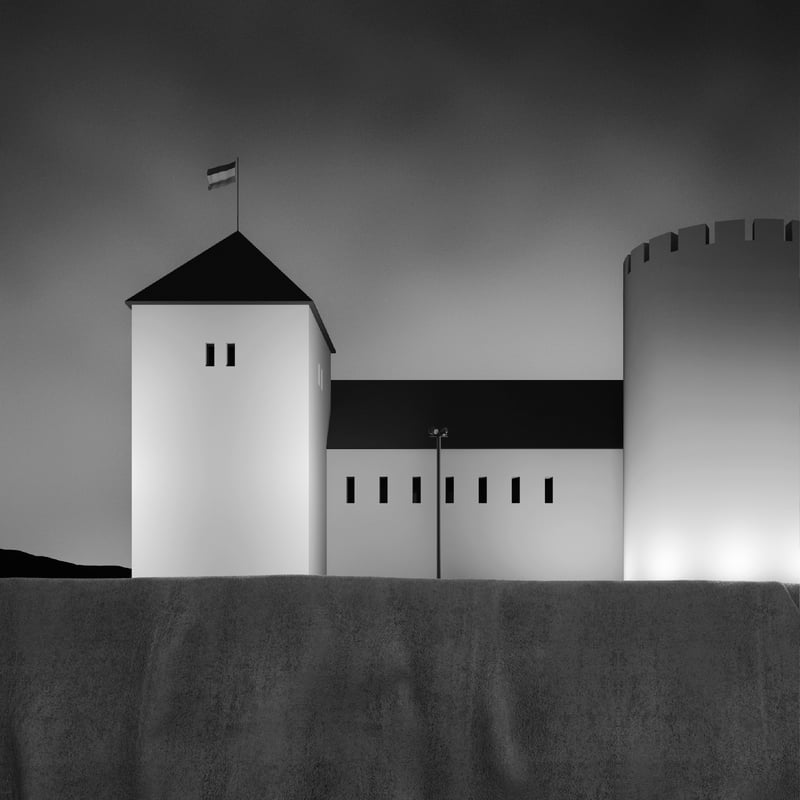
Specjalnie na potrzeby płaszczyznowego oświetlania fasad lub części fasad zaprojektowaliśmy liniowy reflektor do oświetlania fasad w dwóch długościach. Reflektory prezentowane na tej stronie dostarczamy w dwóch temperaturach barwowych – 3000 K lub 4000 K – z symetrycznym lub asymetrycznym rozsyłem światła.
Reflektory do oświetlania fasad BEGA można montować obok siebie dla uzyskania pasa świetlnego. Podłączenie elektryczne kolejnej oprawy wykonuje się za pomocą prostego i komfortowego 5-biegunowego złącza wtykowego. Do dłuższych odcinków oferujemy gotowe do podłączenia przewody połączeniowe o różnych długościach.
Dane techniczne
Stopień ochrony IP 65 BEGA Thermal Management ®
Odlew aluminium, aluminium i stal szlachetna Technologia powlekania BEGA Unidure® Szkło bezpieczne Odbłyśnik z anodowanego aluminium o najwyższym stopniu czystości
Zasilacze sterowane DALI
Przewody połączeniowe można stosować również jako przewody serwisowe. Oprawami można sterować poprzez układ sterowania barwą światła DALI (DT 8, RGBWAF, xy).
Uwaga: Do podłączenia elektrycznego opraw konieczna jest odrębna puszka przyłączeniowa. Do montażu szeregowego (maks. 12 opraw na jedno przyłącze) puszka przyłączeniowa jest potrzebna tylko do pierwszej oprawy. Do montażu z wysięgnikiem należy zamówić puszkę przyłączeniową 71 064. Puszki przyłączeniowe są akcesoriami i należy je zamawiać oddzielnie. Połączenie od oprawy do oprawy wykonuje się przewodami połączeniowymi dostarczanymi wraz z oprawami.
20-letnia gwarancja możliwości zakupu części zamiennych i modułów LED










